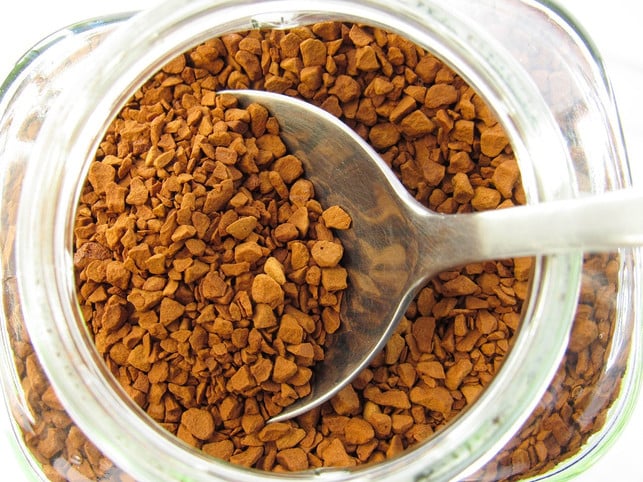
Teaballs have been on the market for several years and are becoming increasingly popular. Simply infused with water, they quickly create a tea-like drink. You can find out what’s inside here.
Traditional tea culture is a ritual of mindfulness: loose tea leaves are carefully selected, steeped in a teapot or a special vessel and the brewing time is precisely adjusted so that the aromas fully develop. However, this conscious experience is often difficult to implement in hectic everyday life. Teaballs promise a solution here: They should enable aromatic tea enjoyment – easily, quickly and without the effort of classic preparation.
What are tea balls?
According to the accepted definition, tea means a drink prepared from the leaves of the tea plant Camellia sinensis. These include classic teas such as green, black, white and oolong tea.
Teaballs, on the other hand, are plant extracts and natural flavors pressed into tablet form that are dissolved in hot or cold water to create a “tea-like drink.” There is no steeping time like with normal tea.
Teaballs: preparation and ingredients

(Photo: CC0 / Pixabay / panchenko_karyna)
In terms of preparation, teaballs are therefore more reminiscent of soluble “tea” or so-called instant “tea”, which is available in the form of powder or granules and consists of a mixture of tea extracts, sweeteners, flavors and often additives such as acidulants or preservatives. You can also prepare this “tea” by simply dissolving the product in water.
In terms of ingredients, however, teaballs are of higher quality than soluble tea: According to the manufacturer, they consist of 100 percent plant extracts, i.e. brewed fruits and plants from which the water is removed, so that only the powder remains. They are calorie-free, sugar-free, vegan, lactose-free, gluten-free and suitable for diabetics.
Contrary to what the company states, some types of teaballs also contain additives, for example natural flavors, coloring concentrates from plants and acidity regulators such as citric acid and sodium bicarbonate. According to the Federal Office of Consumer Protection and Food Safety, such ingredients are also additives.
How (sustainably) are teaballs produced?

(Photo: CC0 / Pixabay / highnesser)
Teaballs are made from plant leaves that are processed into powder using a steam extraction process. The powder is then pressed into tablet form. All of the plant’s valuable ingredients should be preserved.
Teaballs are not only advertised for being easy to prepare, but also for their alleged sustainability. Ultimately, Teaballs eliminates the tea bags and creates less waste, at least for the end consumer. According to its own information, the Germany-based and manufacturing company manages to save resources thanks to certain technologies. It only requires ten percent of the resources that would be required to produce a tea bag.
Nevertheless, the production process through the steam extraction process and pressing uses more resources than a loose tea that you brew in a reusable tea infuser, for example. The production of most classic types of tea is relatively CO22-poor, because the tea leaves are usually picked by hand and laid out to dry in the sun.
The company also offers organic tea balls. These should be produced particularly sustainably: CO2-neutral and using the entire plant instead of just the leaves.
However, none of the products have Fairtrade certification – in addition to the organic quality of tea, this is particularly important. You can read more about this here: Enjoyment with a clear conscience: fair trade tea.
Read more on Techzle\.com:
- Jasmine tea: effects, application and special features of the fragrant tea
- Rooibos tea: effects and ingredients of rooibos tea
- Chai tea: ingredients and recipe for the spiced tea
** marked with ** or orange underlined Links to sources of supply are partly partner links: If you buy here, you are actively supporting Techzle\.com, because we then receive a small part of the sales proceeds. More info.